Table of Contents
Are you a budding welder excited to embark on the journey of metal fusion and sparks? Before you don your welding cape and become a superhero, let’s talk about a crucial detail – the numbers on your welding rods.
Those seemingly random digits on your welding sidekicks aren’t just for show; they hold the secret to mastering welding.
In this article, we’ll unravel the mystery, break down the code, and equip you with the know-how to pick the perfect welding rod like a seasoned pro!
How to Read the Numeric Cipher
Alright, imagine you’ve got your welding rod, and it’s like it’s speaking in numbers. What’s the deal with those digits? No worries, fellow welder! We’re here to make it simple and break down each number’s meaning one by one.
1. Diameter – The Big ‘0s’
The first number you’ll encounter is all about size, and in welding, size does matter! This mighty digit denotes the diameter of your welding rod.
Picture it like this – if it’s a 6010 rod, the ’60’ signifies it’s 1/16th of an inch in diameter. If it’s a 7018, you’re looking at a rod with a 1/8-inch diameter. Easy peasy, right?
2. Position Matters – The Middle Digit
Now, let’s turn our attention to the middle child of the number trio. This digit indicates the rod’s intended welding position. Is it all-position-friendly, or does it prefer a specific stance? Let’s crack the code:
- 1 and 2: All-position welding. These rods are versatile and suitable for horizontal, vertical, and overhead welding. Flexibility at its finest!
- 3: Specifically for flat or horizontal welding. Keep it grounded!
- 4: Reserved for overhead welding. If you’re reaching for the skies, this is your go-to.
3. Current Type – The Last Digit
Last but not least, we’ve got the third digit, which unveils the rod’s preferred current type. It’s the electrical current that makes the magic happen, so pay attention:
- 0: Can be used with either AC or DC current. Versatility is the name of the game.
- 1: Exclusively for DC current. Keep the power flowing in one direction!
- 2: Designed for AC current. Embrace the alternating flow of energy.
Choosing the Right Rod: A Handy Guide
Armed with the knowledge of what the numbers mean on welding rods, it’s time to play matchmaker and pair the right rod with your welding project. Let’s break it down:
1. For General-Purpose Welding:
Looking to weld a bit of everything? Opt for a 6011 rod. Its versatility makes it a favorite for many welding enthusiasts, tackling mild steel with ease.
2. When Strength is Key:
If strength is your priority, reach for a 7018 rod. Perfect for heavy-duty applications, it’s the go-to choice for projects where durability is non-negotiable.
3. Versatility on a Budget:
Working on a budget and need a rod that can handle various positions? The 6013 rod is your wallet-friendly companion. It’s all-position-friendly and won’t break the bank.
4. Tackling Rusty Surfaces:
Rust and impurities be damned! The 6010 rod is your rust-busting hero, making it the ideal choice for welding on dirty or painted surfaces.
5. Precision Welding:
The 7014 rod is your artistic sidekick for delicate jobs that demand precision. With a smooth arc and minimal spatter, it’s perfect for those meticulous projects.
Conclusion: Cracking the Code for Welding Success!
In the big world of welding, knowing the meaning behind the numbers on welding rods is like having a unique key to success. The secret code unlocks the door to creating precise and strong welds. The next time you’re looking at rods with confusing numbers in the welding aisle, think of this guide as your map to becoming a welding hero! Armed with this knowledge, go ahead and weld like a pro. The numbers are no longer a puzzle; they’re your friends on the journey to achieving the perfect weld!
FAQs about What Do the Numbers Mean on Welding Rods
Now that we know what the numbers on welding rods mean let’s answer some of your most important questions!
Do the numbers affect the strength of the weld?
Absolutely! The diameter influences the amount of current a rod can handle, impacting the strength of the weld. A thicker rod (larger diameter) can handle more current, resulting in a stronger bond.
Can I use any rod for any welding position?
While some rods are all-position superheroes, others have their preferences. Always check the middle digit to ensure your rod is comfortable in the welding position you’re aiming for.
Why does the current type matter?
The type of current impacts the welding process. Using the right current for your rod ensures optimal performance and a seamless welding experience. Don’t underestimate the power of current compatibility!
Are there specific rods for certain metals?
Indeed! Different rods are tailored for specific metals. For instance, 6010 and 6011 are ideal for welding mild steel, while 7018 is your go-to for low alloy and high-strength steels.
How can beginners choose the right welding rod
Beginners can choose the right welding rod by understanding the numbers, considering the project’s requirements, and following practical tips provided by experienced welders.
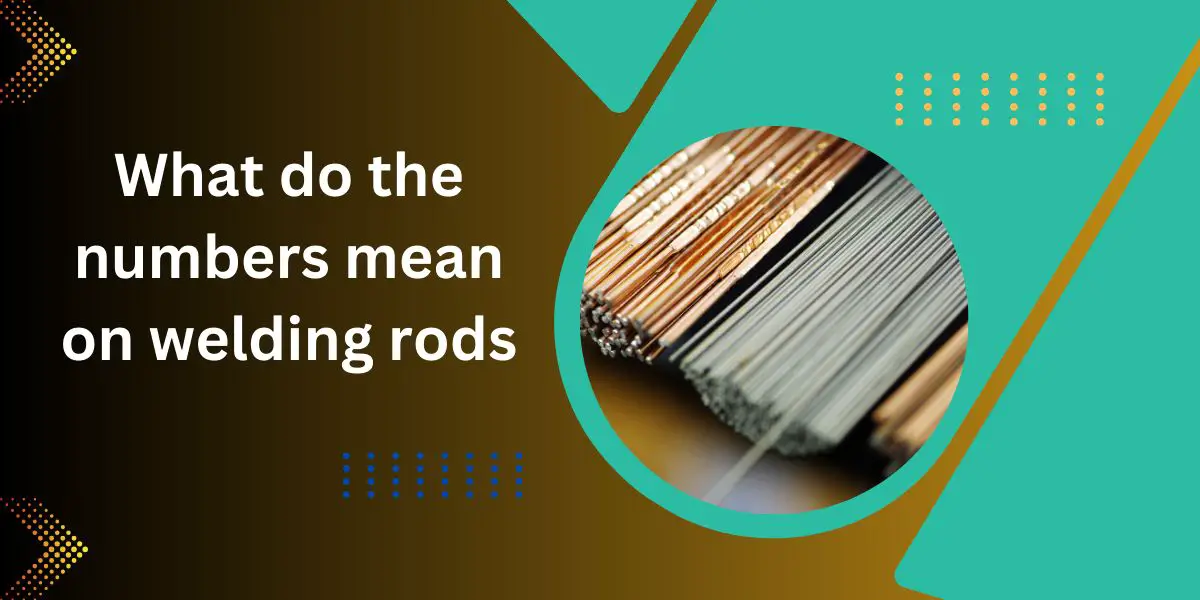
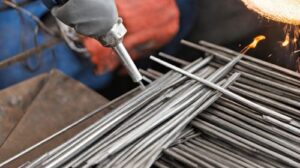
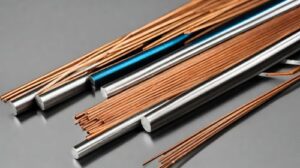

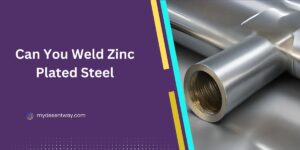

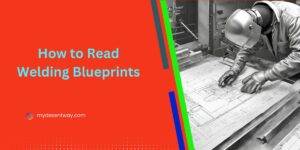




This is a topic which is close to my heart… Cheers! Where are
your contact details though?
I appreciate your interest! if you have any questions or need more information, feel free
contact us at our
Email: mydesentway@gmail.com
Outstanding post however I was wanting to know
if you could write a litte more on this subject? I’d be very
thankful if you could elaborate a little bit further.
Thank you!
Of course! Thank you for your feedback. I’m glad you found the post outstanding. I’d be happy to provide more information on the subject you’re interested in. Could you please specify which topic or aspect of the post you’d like me to elaborate on further? This will help me tailor my response to your specific interests and provide you with more in-depth information.